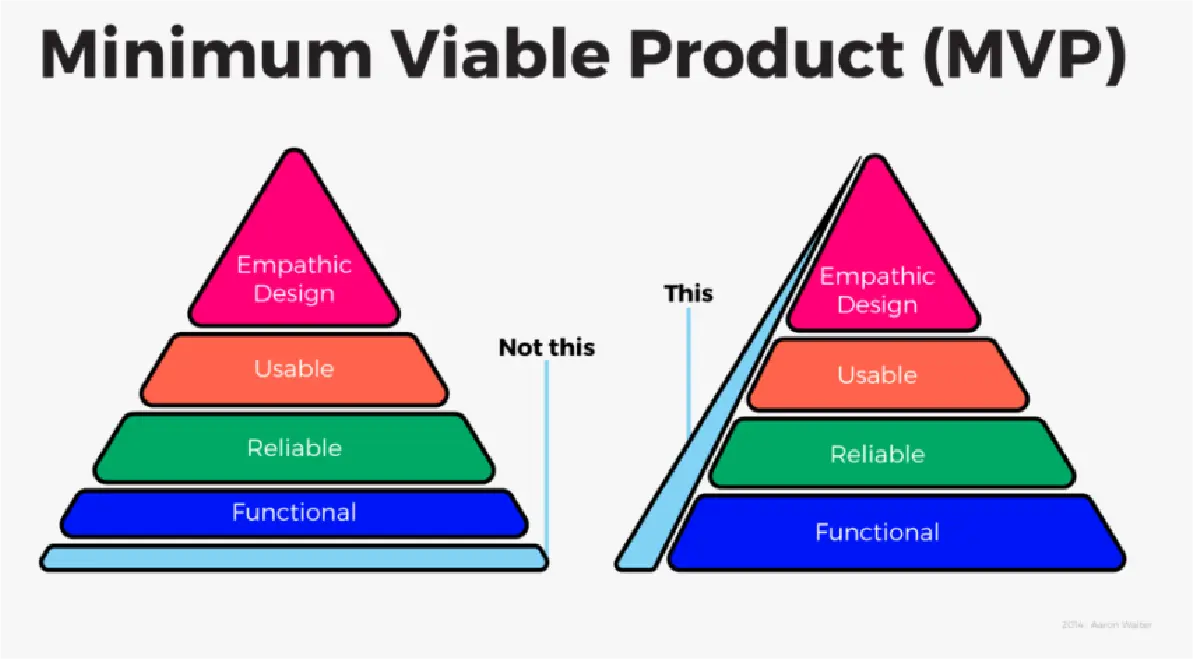Are you looking for an innovative way to grow your business? Are you sick of putting in all the work and not getting any traction? It might be time to consider a minimum viable product.
This is a new concept that will take some getting used to, but if you're willing
to give it a try,
it could be worth it. Here's how it works: instead of waiting until everything
is perfect before
introducing your idea into the market, just start with what's called "minimum
viable product."
This means you'll release something without putting in a lot of effort and it's
how you get
customers to buy your idea before investing in more development.
If MVPs are done correctly, they can be used to help validate an idea for
larger businesses
that might otherwise need years or millions of dollars to prove viability.
Definition of a Minimum Viable Product:

An MVP can be the first step an entrepreneur takes toward launching a startup. If you're unsure of your business idea, it's best, to begin with, something that is functional but not too extravagant—a minimum viable product!
The minimum viable product (MVP) is a development technique that entails creating an early version of the new website or app. It allows for lots of feedback from customers before finalizing the features and design, which can then be tweaked accordingly to meet their needs.
What is the purpose of building MVPs?The launch of an MVP helps entrepreneurs test their ideas quickly with a relatively small budget. This approach still lets the entrepreneur collect feedback from potential users and gather insights on what features to add or take away in future iterations, while also saving time exploring other options for launching products based on experience.
A well-thought-out MVP can help you find the perfect balance between what your business is offering and what users really need. The purpose of an MVP is to test hypotheses by minimizing bugs and errors, so it's important not to waste too much time on complex features that may never get used or be necessary later.
Who came up with the concept of a minimum viable product?
Eric Ries is the one, who introduced the concept of the Minimum Viable Product (MVP) as part of his Lean Startup methodology, he explains that an MVP is a product that has not been fully developed but contains features and designs that can help gather feedback from early customers.
Eric says that the Minimum viable product should be viewed as a learning tool that will allow teams to gain insights before building or launching.
Many people view an MVP release of their product as the quickest and easiest way for them to get it on the market, but this is not always true; in fact, there are often many more steps required after developing and releasing an initial version of your product than they might expect.
How would you define an Ideal MVP for your Business?So, you’ve come up with a brilliant idea for an app. You and your team have been working on it every night since then; tirelessly working while sipping coffee as the sun comes up in the sky. But how do you know if this is really going to be worth something? How will your team know if this will work for your business?
Here are some things that you should look at when developing an MVP for your business